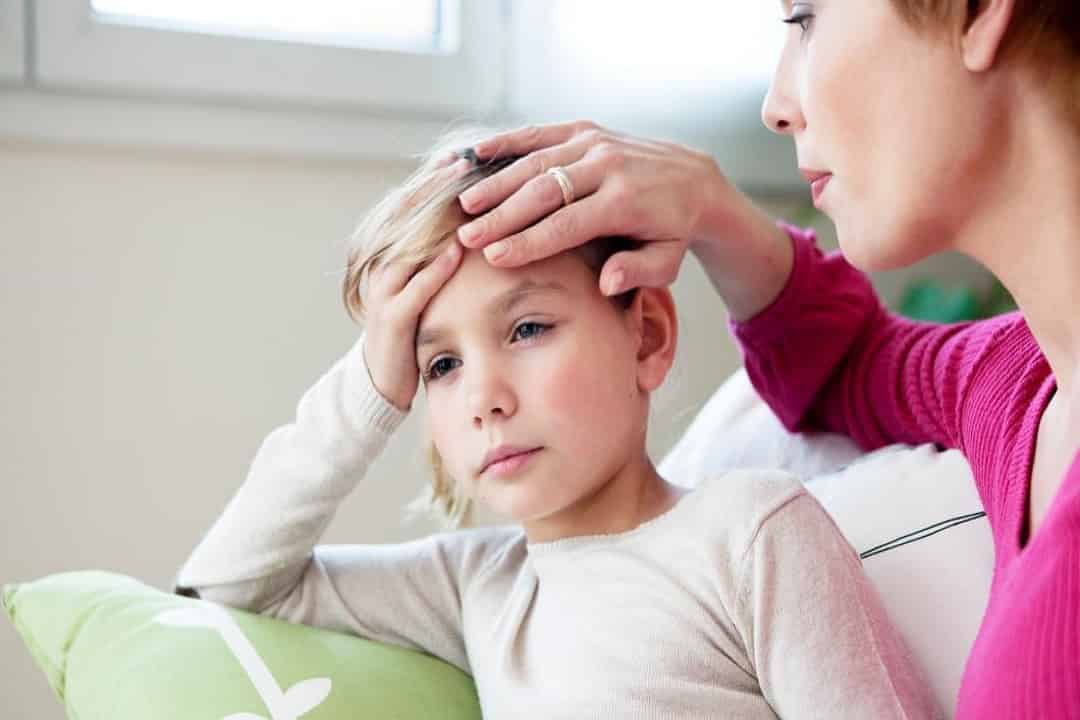Seizures and Fits in Children

About a billion neurons make up our brain, which uses small electrical impulses as a kind of communication to enable us to carry out everyday tasks. The brain freezes and causes seizures when one or more neurons transmit these “impulses” to one another at the same moment or in an abnormally high number.
Fits and seizures may occur in kids for a variety of reasons, including an unusually high temperature, unbalanced blood sugar levels, a concussion, etc. A diagnosis may aid in classifying your child’s fits or seizures as epilepsy if they occur more than once. A neurological system illness called epilepsy disrupts regular brain communication. Even while it may occur in both children and adults, major underlying conditions like a brain tumour can also play a role in why a fit is happening in a young kid. The early detection of epilepsy in children is crucial for preventing any damage to their mental development.
Depending on the area of the brain is damaged and what happens during an epileptic seizure, epileptic seizures may be divided into two categories.
The following are these categories:
Primary (Partial) Focal Seizure
There are a few warning indicators before this kind of seizure happens. Your youngster may be either joyful or dreading something that is about to happen. Before or during the seizure, they could have complained of momentary hearing loss, blurry vision, or loss of smell. This kind of seizure affects one or more regions of only one side of the brain and may be further divided into groups depending on how intricate it is.
Widespread Seizures
It is more severe than a Focal Seizure and involves both sides of the brain. The youngster has a good possibility of collapsing or being entirely unconscious. Depending on how much the brain’s normal function has been interfered with, the youngster may or may not keep their posture.
The majority of the time, seizure symptoms are obvious, such as gazing or blinking rapidly, jerking movements of the arms and legs, stiffness of the body, breathing issues, loss of bladder control, lack of complete awareness, seeming confused or in a daze, nodding of the head, etc. It is crucial that you become aware of any of these systems and get to the scene in case the youngster faints or falls. After the seizure is complete, the kid will need to undergo testing for a diagnosis, which might include blood tests, a neurological exam, an MRI or CT scan, among other things.
Once the kind of seizure your kid is having has been determined by the medical examiner, the appropriate medicine or therapy may be prescribed to stop or lessen the frequency of these seizures. Whatever the case, it is crucial to realise that most of the time, various types of medications may be used to treat fits and seizures. However, one must always maintain composure under these circumstances because the kid needs your whole support and attention.
Recent Post
-
Unlocking the Mysteries of the Developing Brain
-
Navigating Childhood Neurological Disorders: Insights from a Pediatric Neurologist
-
Understanding Digestive Health: 5 Most Common Digestive Disorders in Kids
-
Expert Pediatric Care by Dr. Rohit Kiran in Vijayawada | Trusted Pediatrician
-
Comprehensive Guide to Pediatric Pulmonology and Allergy Care for Children
-
Children’s Mental and Physical Health on screen time
-
Genetic Testing for Pediatric Neurological Conditions
-
Sleep Hygiene Tips for Children Promoting Quality Sleep in Neurological Disorders
-
Unlocking the Spectrum: Understanding and Nurturing Autism Spectrum Disorders
-
Childhood Strokes - Risk Factors and Prevention Strategies
-
Diagnosis and Therapeutic Approaches for Autism Spectrum Disorders
-
Early intervention for children with motor delays
-
Nutrition's Profound Impact on Child Brain Development: A Guide for Parents
-
The Role of Genetics in Pediatric Neurology
-
Managing Sleep Disorders in Children with Neurological Conditions
-
The Importance of Early Intervention for Children with Neurological Disorders
-
Treating Pediatric Migraines: Medications and Alternative Therapies
-
Understanding the Different Types of Pediatric Seizures
-
The Role of Genetics in Pediatric Neurological Disorders
-
8 Ways to Strengthen Executive Functions in Children With Autism
